(May 19, 2022) Five decades ago, a Brahmin widow, Anasuya, gave birth to a boy at the CSI Basel Mission Hospital in Udupi, Karnataka. Unable to keep the child, she gave him up to Dr Marianne Pflugfelder, and trusted the missionary hospital to find the best place for him. While several orphan kids live an underprivileged life, he was rescued by a Swiss couple – Fritz and Elizabeth, who adopted and named him Niklaus-Samuel Gugger.
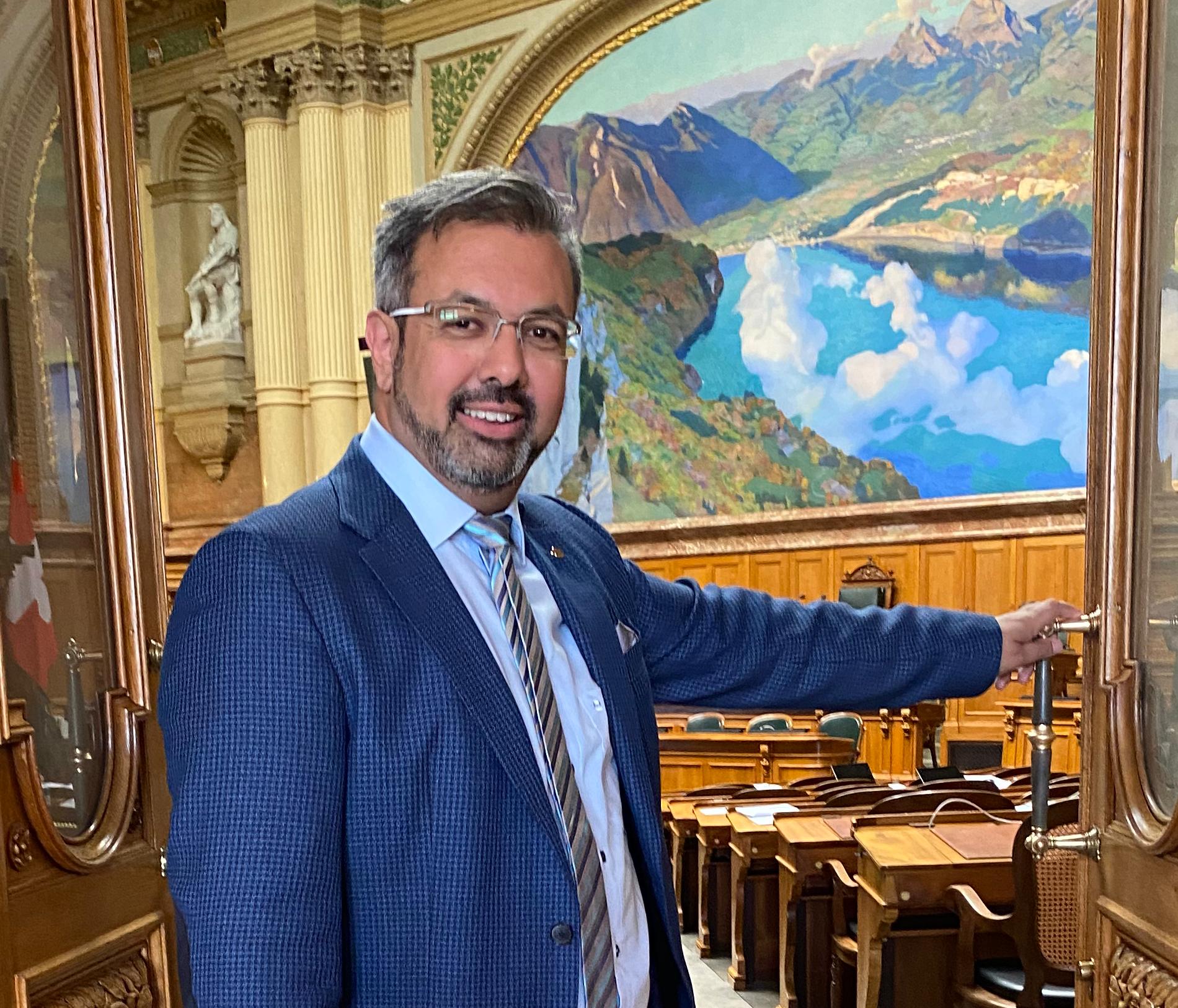
Niklaus-Samuel Gugger, member of the Swiss National Council
52 years later, Nik Gugger is now the first Indian-origin politician to be elected as a member of the Switzerland’s National Council, and was recently awarded as the best bridge building/networking Parliamentarian in Switzerland. “My biological mother, Anasuya, kept me safe in her womb for nine months. While I never saw her, I think that she must have been a very powerful, compassionate and loving woman. I highly appreciate her. She passed those qualities to me too,” shares Nik, while speaking to Global Indian over a video call from Switzerland. “After I was born, two angels came to my bed and gave me the life I have today. My parents are the best parents any child could have asked for,” he adds.
Despite living in Switzerland for about 48 years, Nik hasn’t lost touch with his Indian roots. To honour his birth mother, Nik named his eldest daughter, Anasuya.
From the coast of Kerala to the Swiss Alps
After he was adopted by the Swiss couple, Nik stayed in Thalassery, Kerala where they were working for a development project of the Aid Organisation of the Swiss Evangelical Churches. Nik’s father, Fritz, ensured that Nik had several beautiful memories from his childhood, and recorded videos of the little Nik running around at the NTTF compound, where they lived for four years. The videos, Nik shares, are still with him. “My parents taught me that one should never forget their roots. That is the reason, why I still feel so connected to India.”
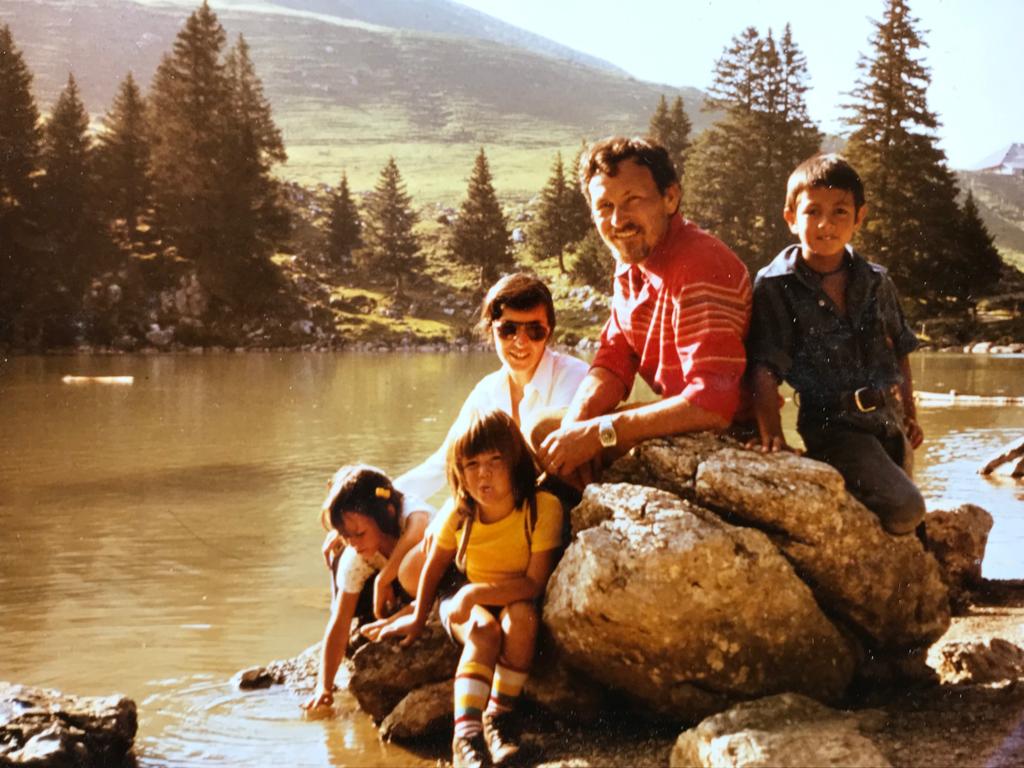
A childhood image of Nik, with his parents and two sisters in the Alps, Switzerland
Nik’s parents moved back to Switzerland when he was four. However, all was not peachy after he shifted to Switzerland. Being the only Indian child in the neighbourhood, he did have his melancholy moments. “For the Swiss people, it was strange that someone adopted a brown-skinned boy. I was the only Indian-origin kid in my class as well,” shares the politician, who also faced trouble with his employers and in politics later in the life.
With his father working with the deaf and dumb home Uetendorfberg Foundation, and later, his parents managing a retirement home, service to the society was a lesson learnt early in life by Nik. During his high-school years, the politician decided to pursue a dual-education as a mechanic in Fritz Studer AG, Steffisburg. After he finished his degree in mechanics, he took on various jobs – from a truck driver to a gardener – to support his higher education. “It is not uncommon here for students to work part-time, to pay for their studies. My parents taught several great lessons, but they weren’t very rich,” he adds.
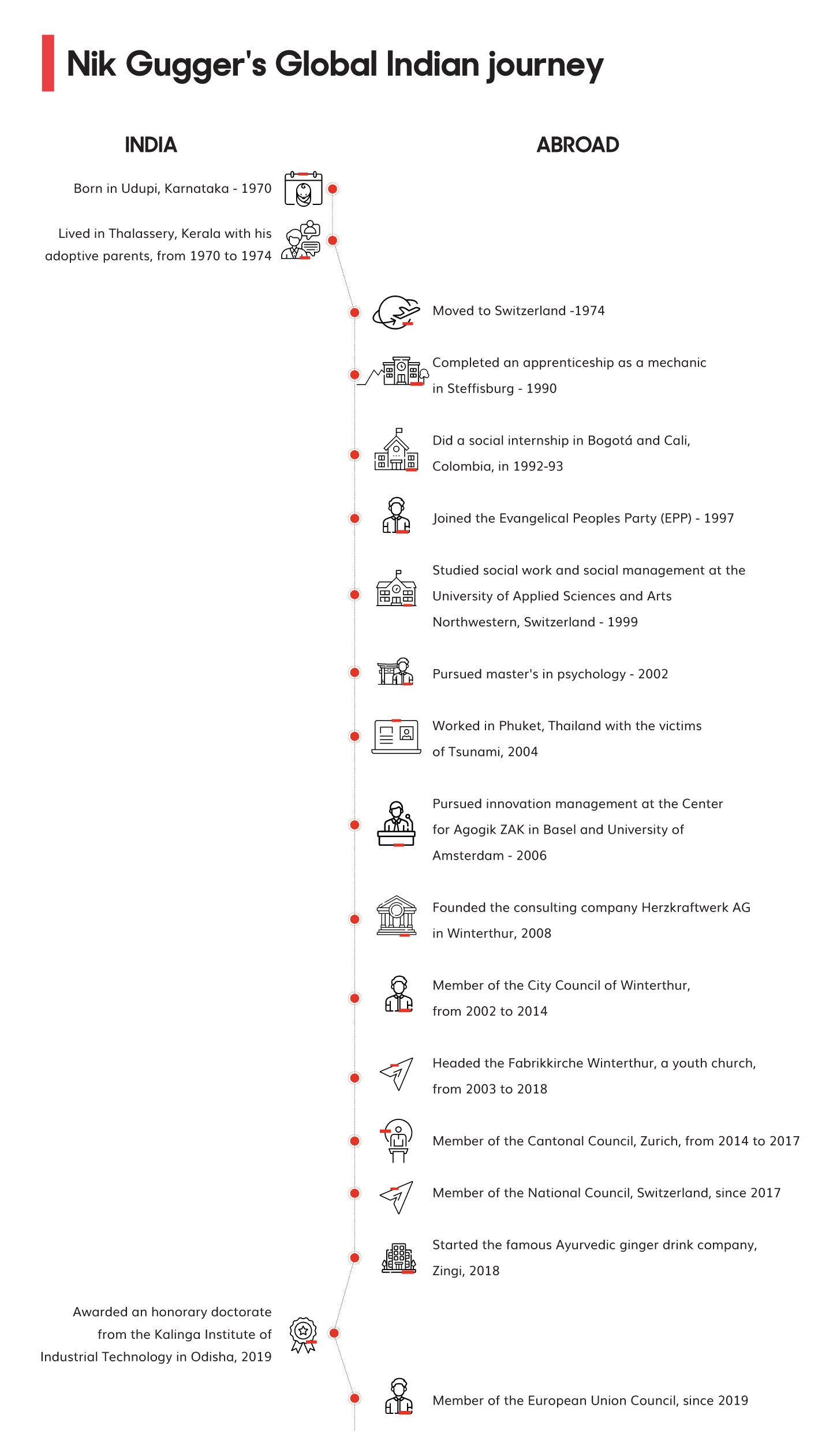
A subsequent social internship in Colombia led him to become a youth and social worker. “This was during the time of narcoterrorist, Pablo Escobar in Colombia. I did an internship in social work and worked with the street children there,” shares Nik, adding, “After few years of working, I studied social work and social management at the University of Applied Sciences and Arts Northwestern, from 1995 to 1999.” Nik, later, went on to pursue innovation management at the Center for Agogik ZAK in Basel and University of Amsterdam from 2004 to 2006 and Political communication at the Zurich University of Applied Sciences.
A leader of the masses
In 1997, after the Luxor massacre – which claimed the lives of 62 people – Nik was approached by the members of Evangelical Peoples Party (EPP) to join their ranks, an invitation that he readily accepted. From 2002 to 2014, he was a member of the City Council of Winterthur. After working as a member of the Zurich Cantonal Council, from 2014 to 2017, Nik moved up to the National Council, in November 2017. “Much of my work has been around development of people and socio-political issues. My goal has been to integrate the weakest in the society through socio-ethical management and empowerment,” he shares.
View this post on Instagram
Soon after the 2004 Tsunami struck, affecting the several countries including India, Sri Lanka, Thailand and Indonesia, Nik was in the coastal city of Phuket, Thailand to work with the victims of the natural disaster. “Back then, Elvia Insurance and Swiss Foreign Department sent me to Thailand to rescue the victims, recognising my intercultural knowledge,” shares the global leader.
Interestingly, Nik was recently in news for protecting children in Switzerland from internet pornography – something he got to know about from several parents living in the neighbourhood. “One day my 12-year-old son came home from school and informed me that his classmates watch porn. That worried me a bit and when I looked into it, I found that there were no checks available before one could enter the websites. So, I called for action to protect the Swiss children. I hope that other countries will follow suit,” explains the politician, who is also the patron for the much-talked about movie, Kavita & Teresa.
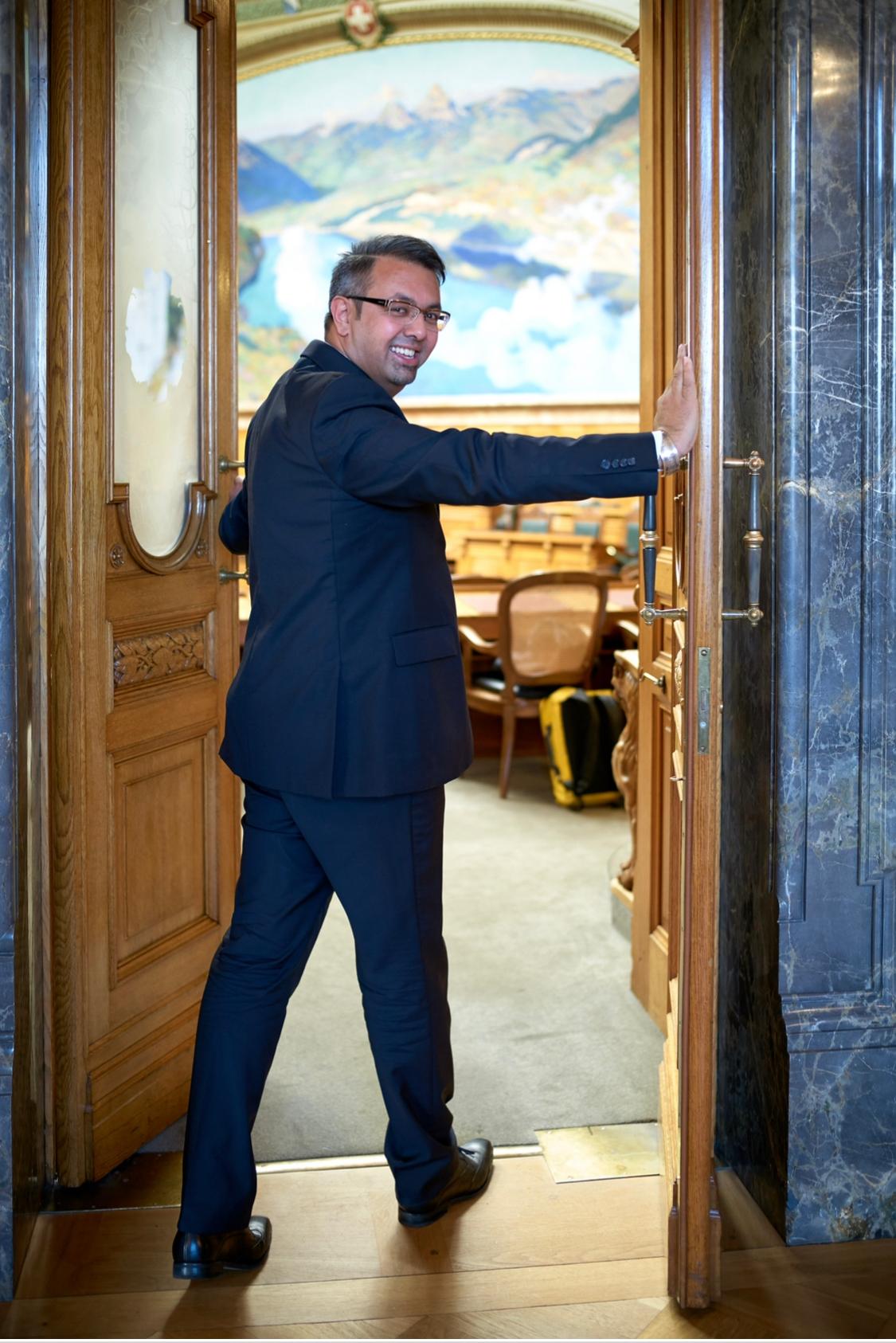
Nik at the Swiss Parliament
For years now, Nik has been involved in numerous projects for children and young people in India. In 2018, the Member of Parliament was awarded an honorary doctorate from the Kalinga Institute of Industrial Technology in Odisha. The Global Ambassador of the Kalinga Institute of Industrial Technology and the Kalinga Institute of Social Sciences, Nik also launched a fundraising campaign to enable ventilator purchases in Odisha and Kerala, in the wake of the Covid-19 pandemic. Nik was also working with Gundert Foundation in Thalassery, which gives modern education to children of all caste.
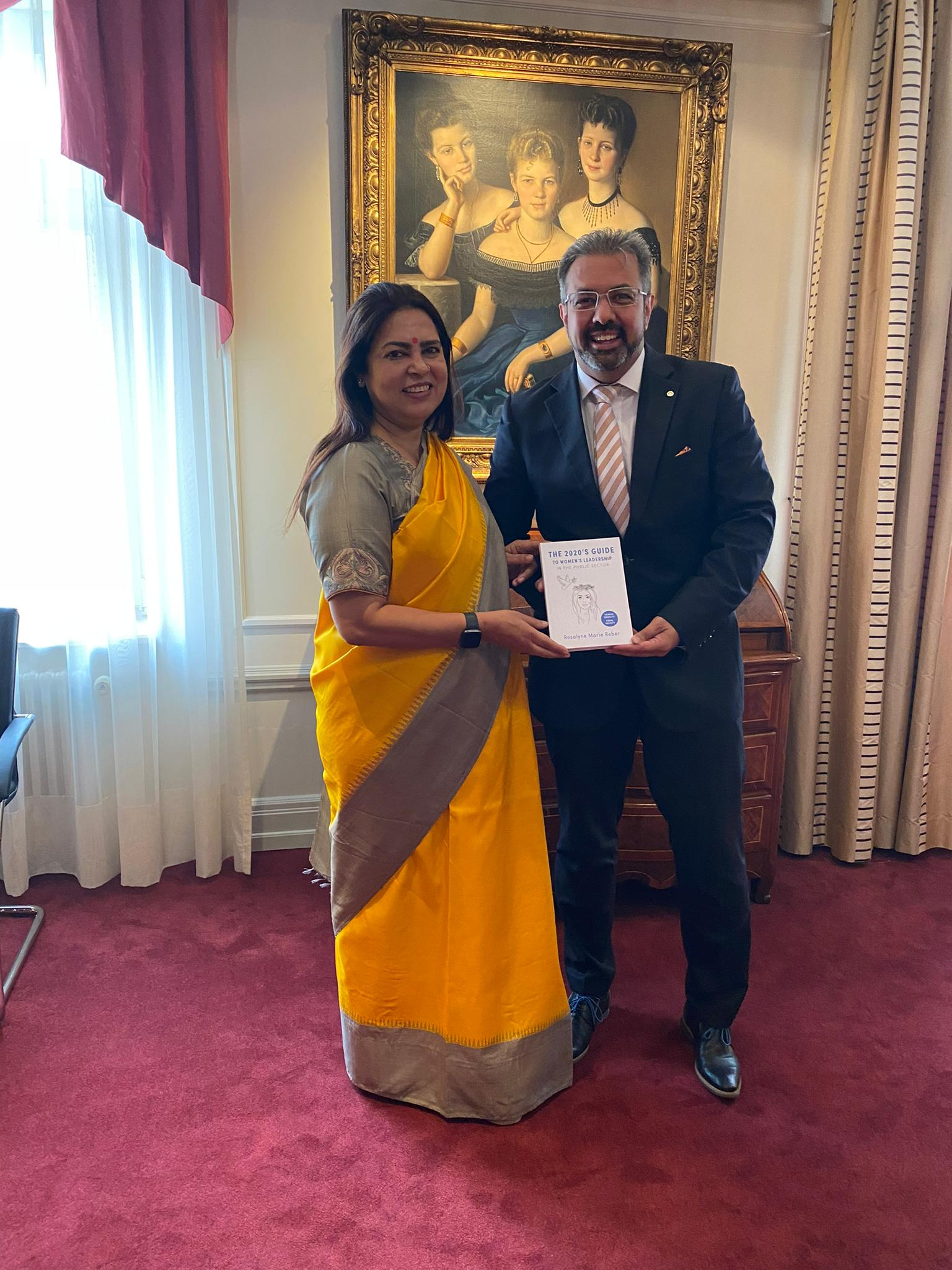
Nik with Meenakshi Lekhi, Indian Minister of State for External Affairs and Culture
The founder and President of Swiss Indian Parliamentary Group, Nik shares a cordial relation with all the Indian MPs. He was recently in India looking at possibilities for extensive collaboration in fields like healthcare, telemedicine and technological advancements. “We Indians have so much to give to the world. However, we have a lot to learn from the world as well. I have been working with many Indian ministers. With the Minister of State for External Affairs and Culture, Meenakshi Lekhi, I have been working extensively towards women empowerment. Also, I really hope that India incorporates dual education in its education system,” he expresses.
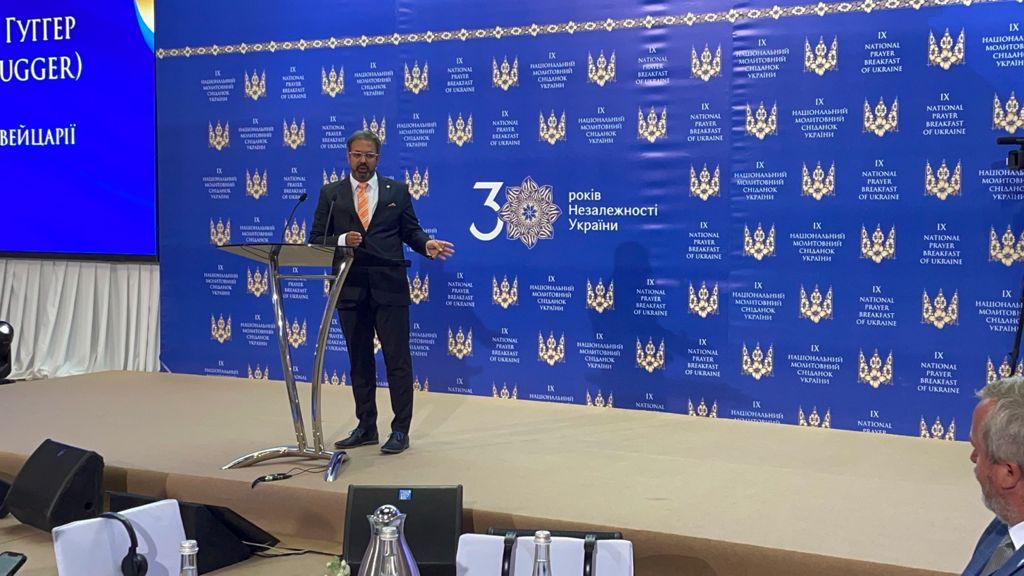
Nik speaking at the 30th Independence Day at the Ukrainian Parliament, in 2021
A proud Swiss, Nik stands firmly in support of Ukraine, as the war-struck nation continues to fight against Russia. “I am strongly against any aggression. There can be differences between two nations, but bombing is never the solution for that,” expresses the politician who visited Ukraine’s capital, Kyiv, in April 2022 by the invitation of the speaker of the Ukrainian Parliament.
A man who dons many hats
A social entrepreneur, Nik has worked extensively to coach the next generation. Nik is the co-founder and member of the board of directors of the consulting company Herzkraftwerk AG in Winterthur, which offers coaching for decision-makers from business and non-profit organisations. A life coach and motivational speaker, Nik is also the Vice President of the environmental organization BirdLife Switzerland. He is also the owner of famous Ayurvedic ginger drink in Switzerland – Zingi.

Nik enjoys skiing with his friends in the Alps
A doting father of three, Nik has varied interests outside the world of politics. “I love to ski and go on motorbike rides with my friends, through Europe,” shares the politician, whose wife, Beatrice, works as a pediatric nurse and is a very proud “wife of Indian-origin”. The busy politician is currently working on a book about empowerment and life-balance, called Against All Odds, which is set to hit the bookshelves very soon.
- Follow Nik Gugger on Instagram, Twitter, LinkedIn and Facebook

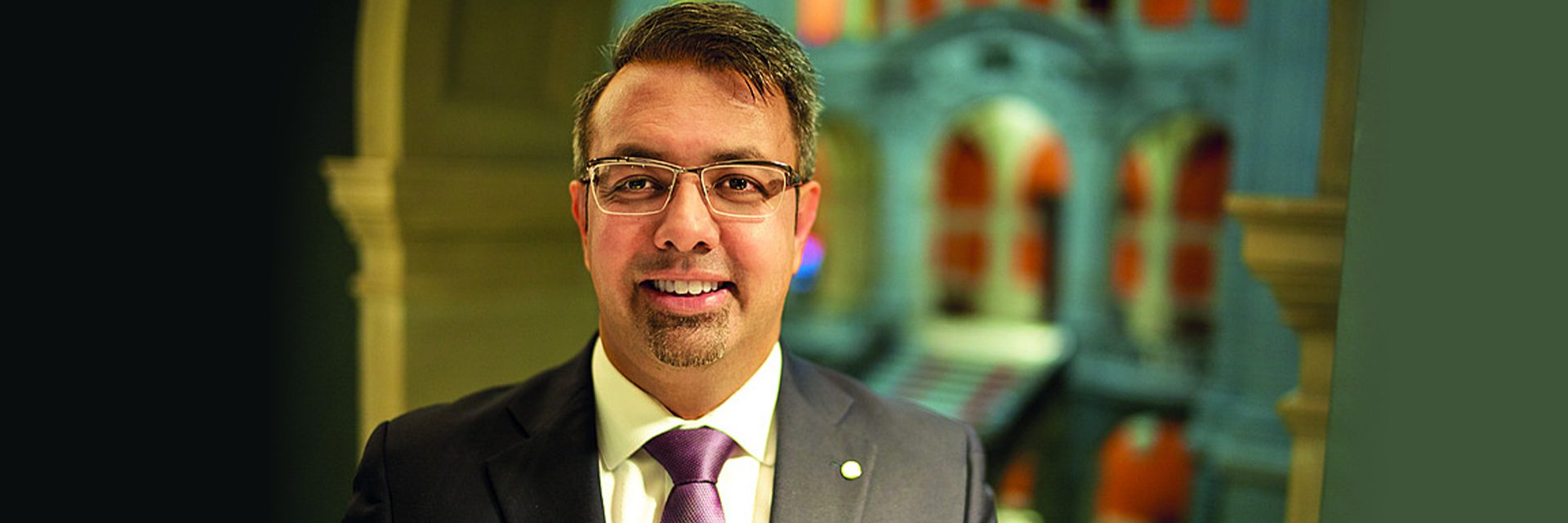
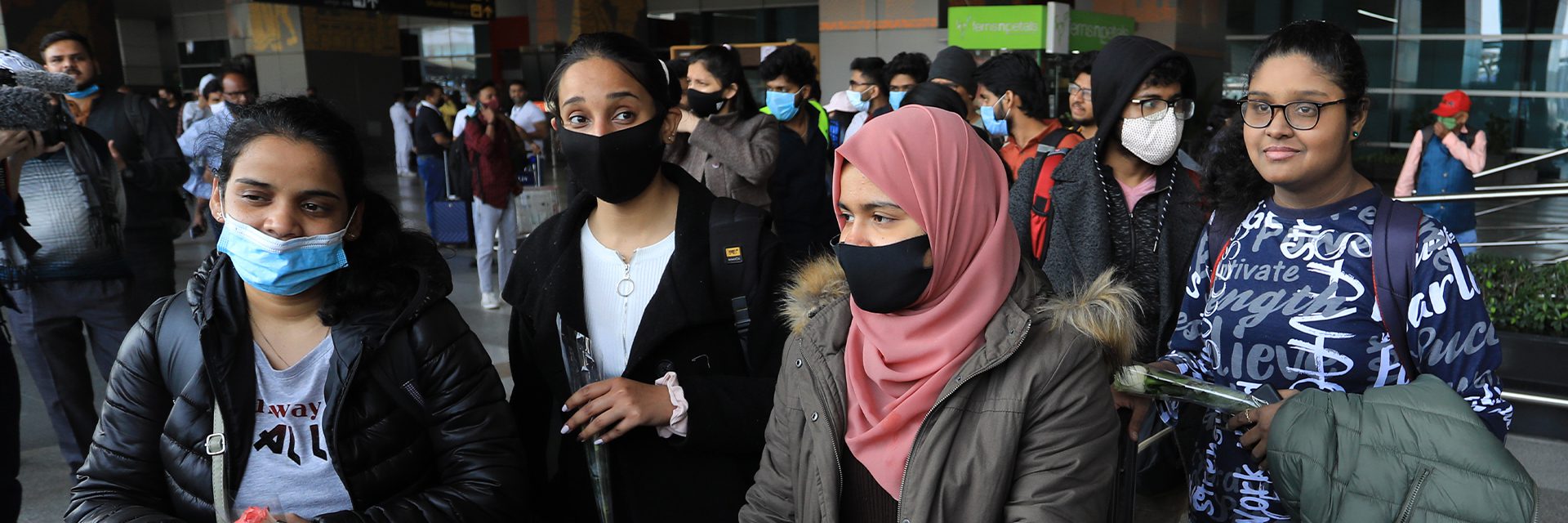

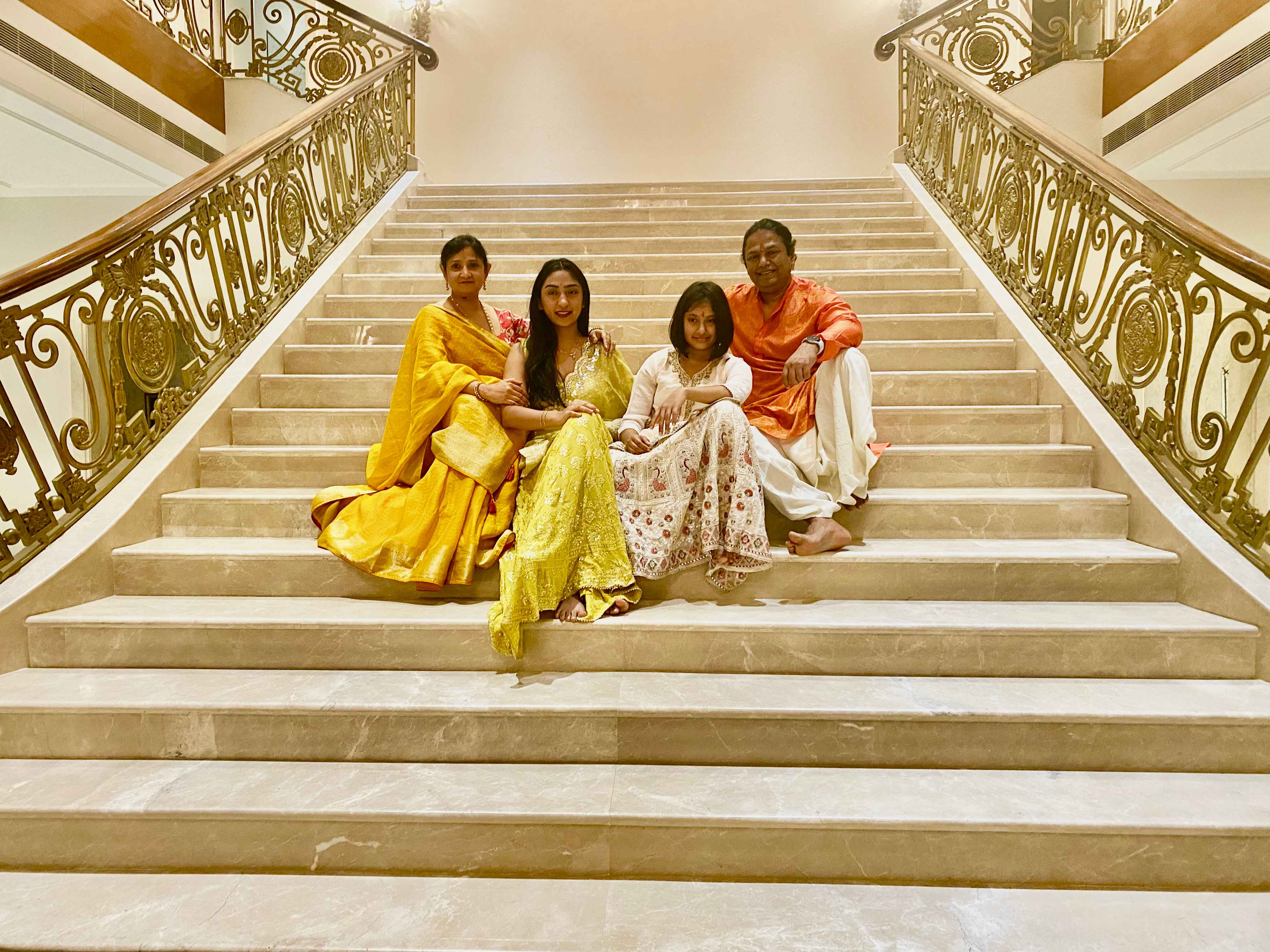
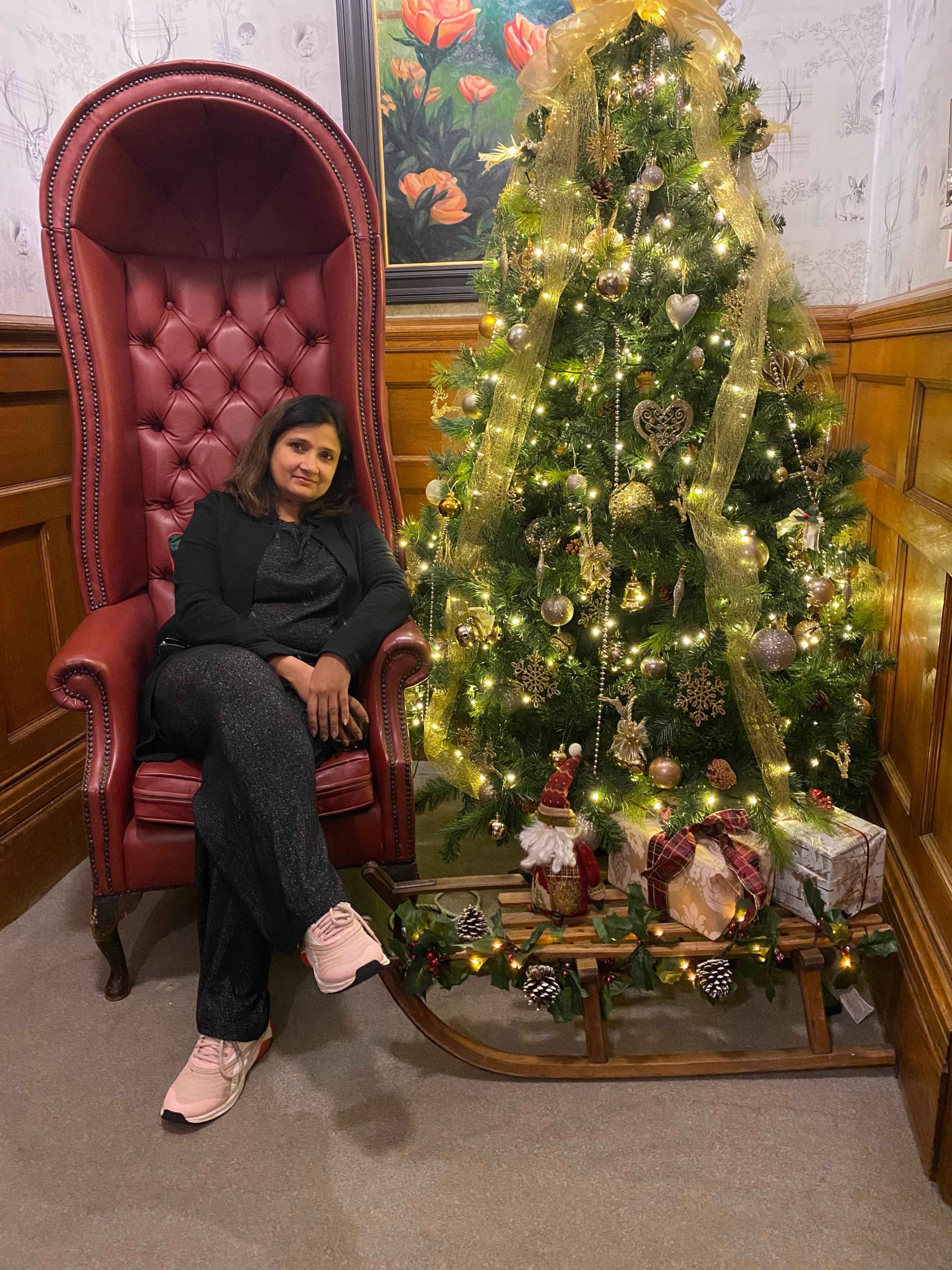
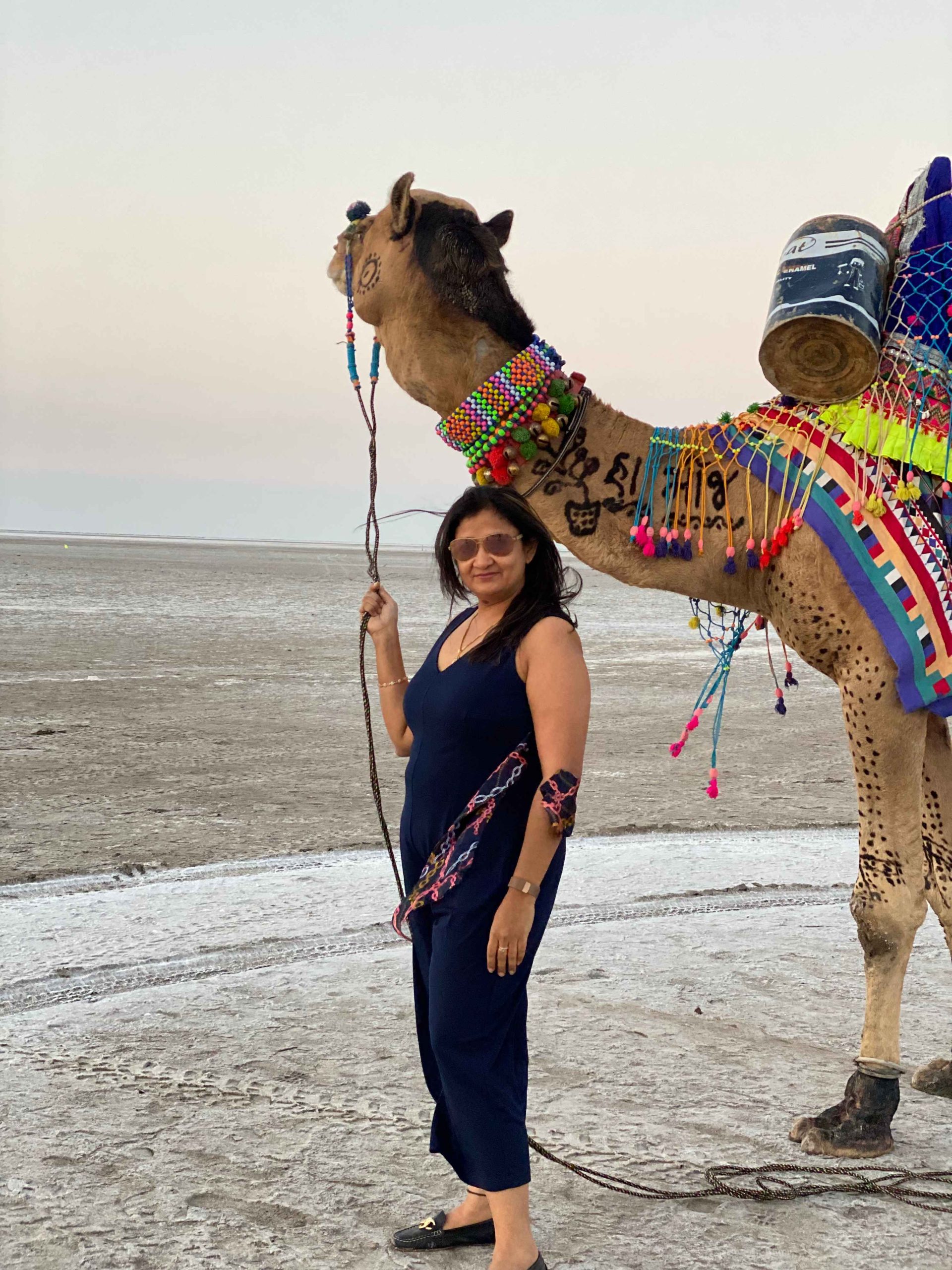

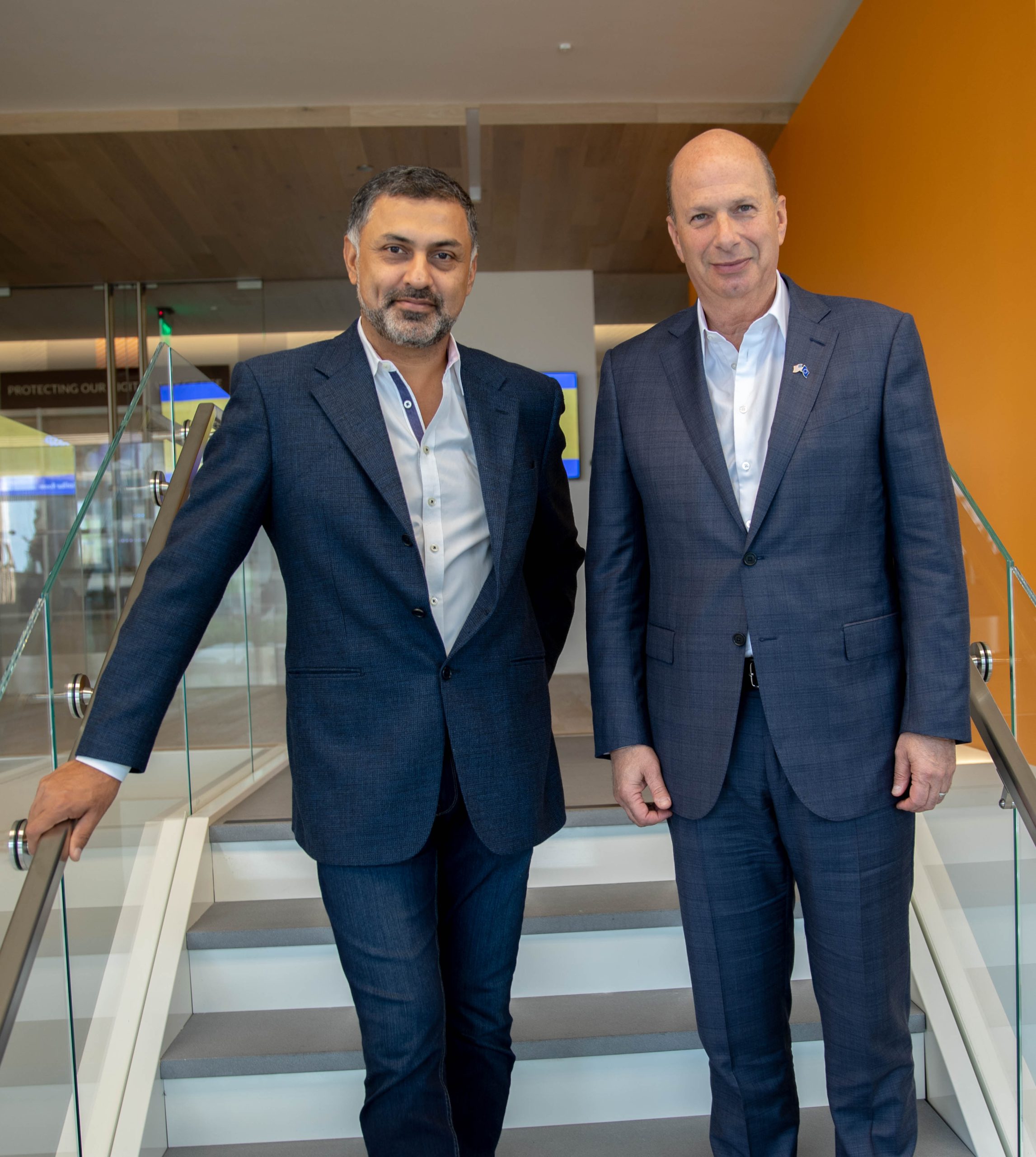 Nikesh with U.S. Ambassador to the European Union, Gordon Sondland[/caption]
Nikesh with U.S. Ambassador to the European Union, Gordon Sondland[/caption]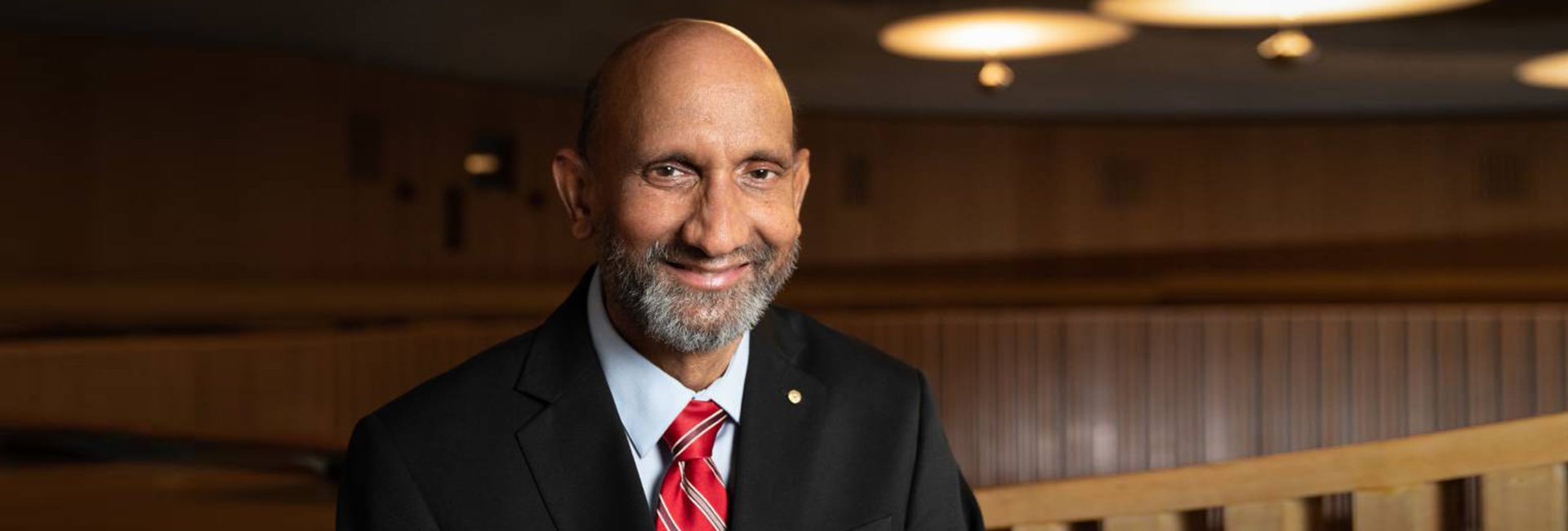
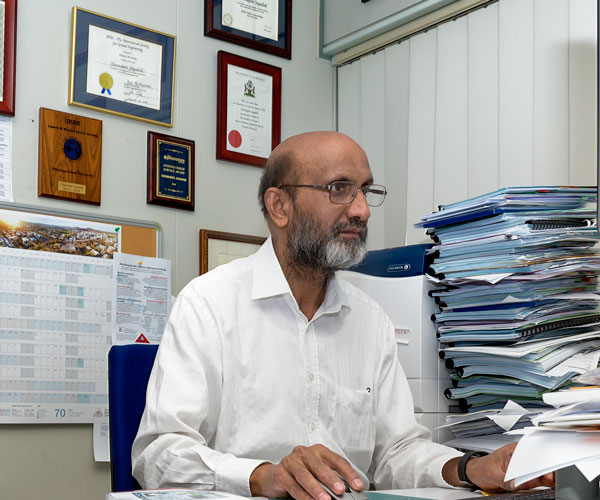
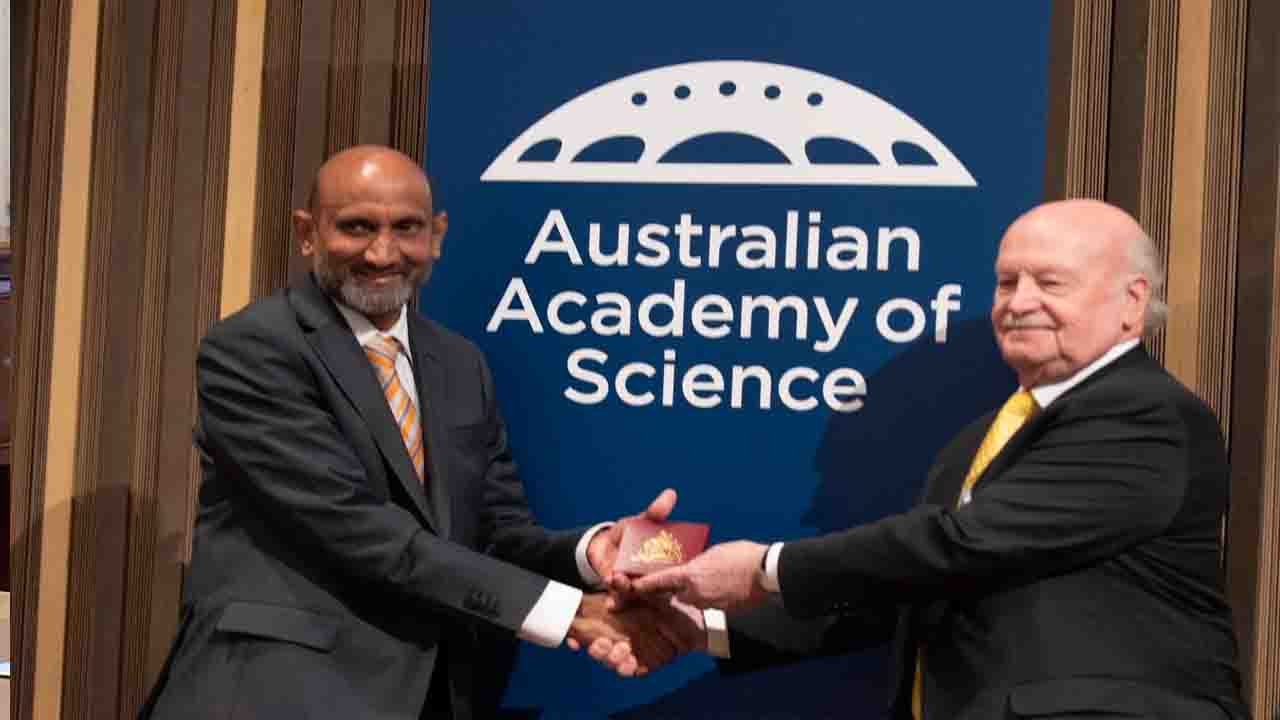
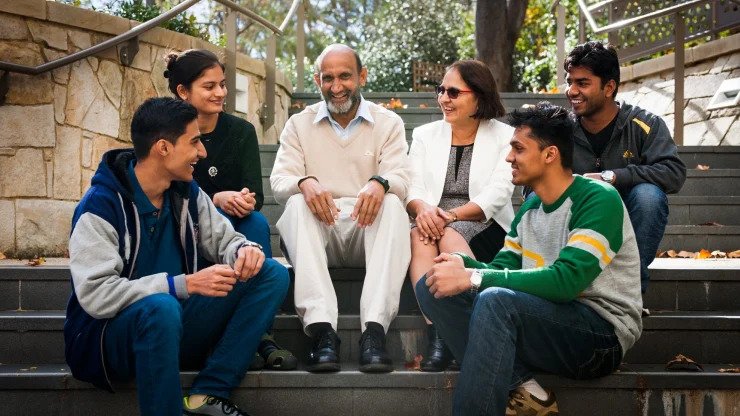 Professor Jagadish with wife Vidya and students[/caption]
Professor Jagadish with wife Vidya and students[/caption]
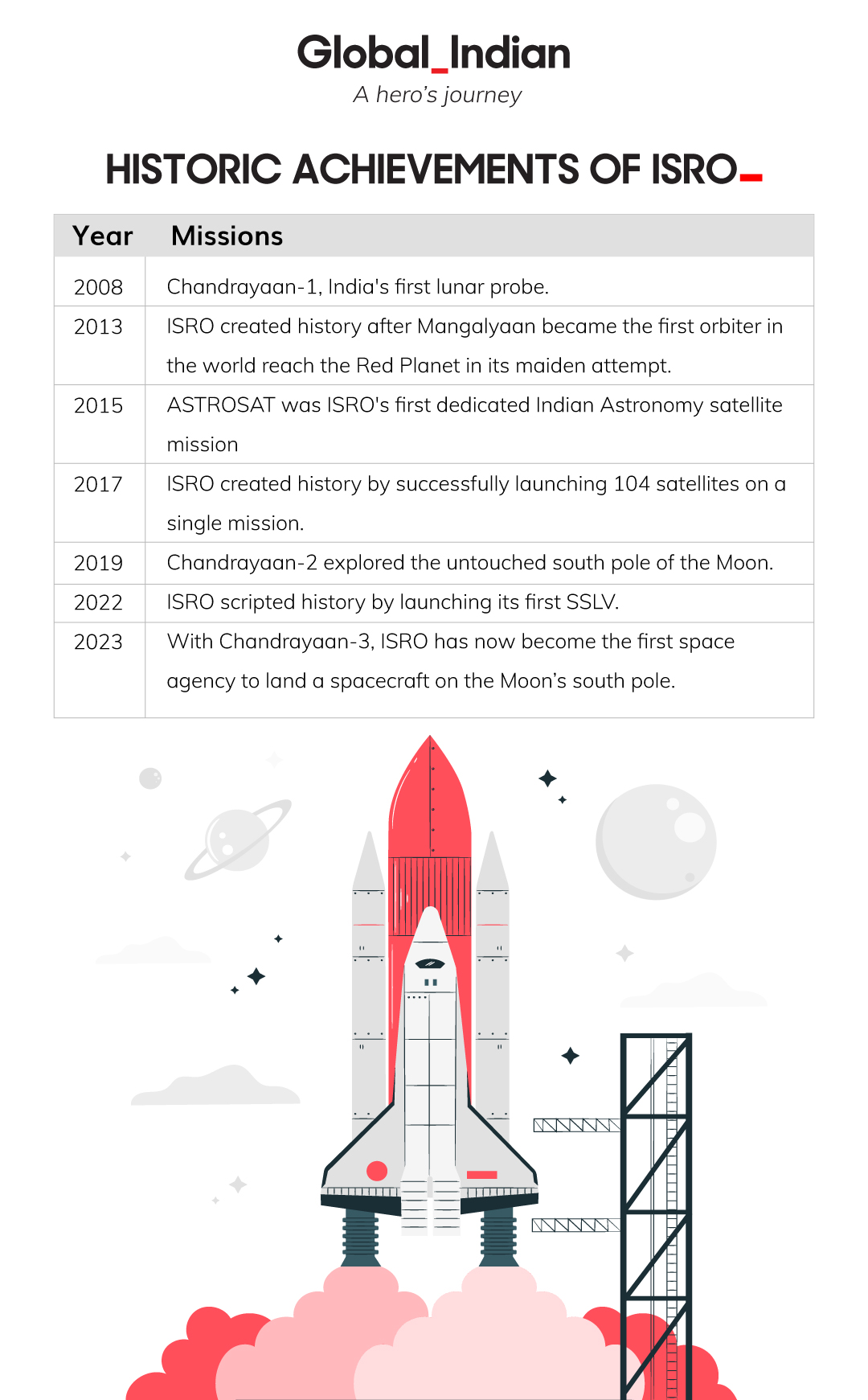
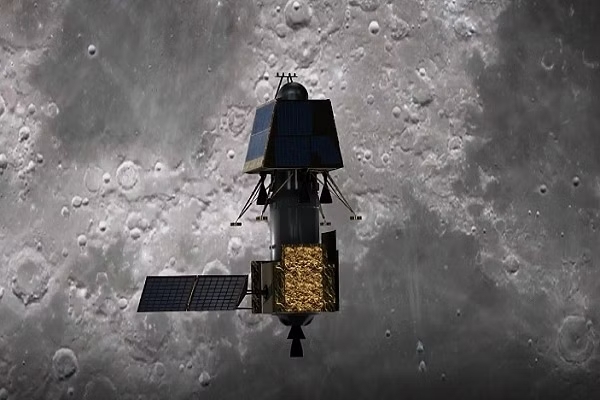 ISRO's Chandrayaan-2 explored the south pole of the Moon[/caption]
ISRO's Chandrayaan-2 explored the south pole of the Moon[/caption]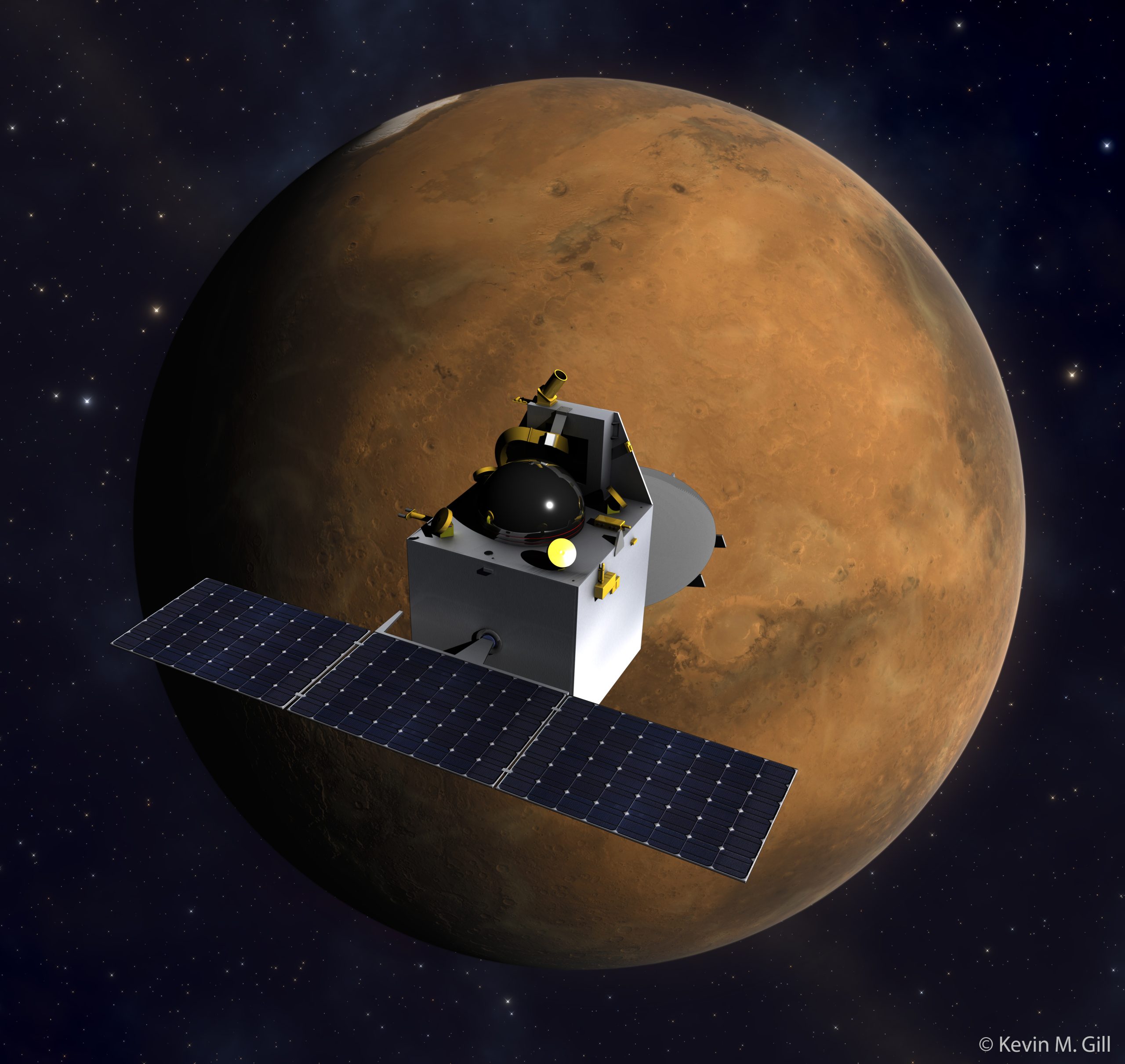 ISRO's Mangalyaan[/caption]
ISRO's Mangalyaan[/caption]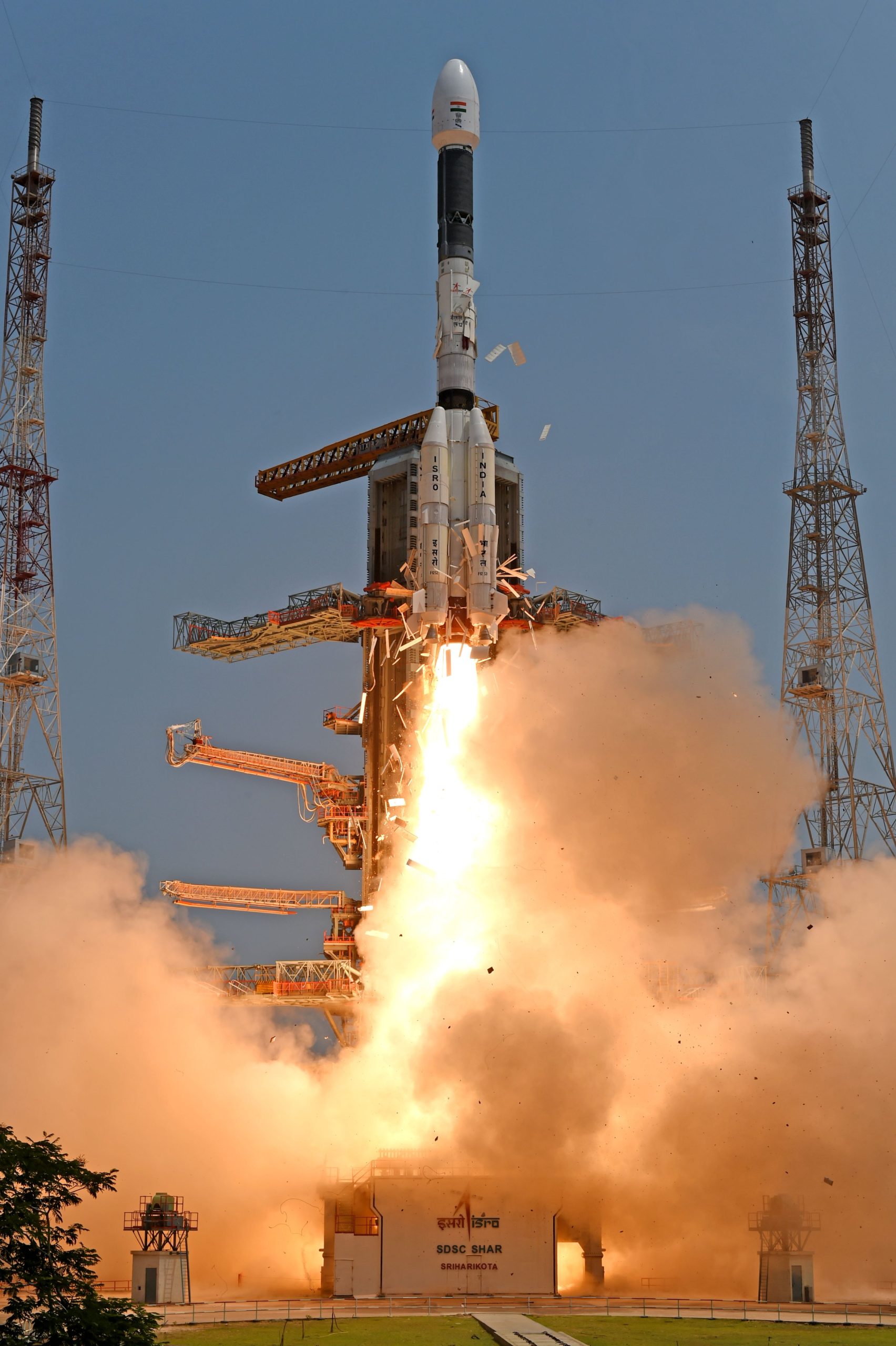
Great man and visionary but I would request him to search out her biological mother who had to abandon him due to his helplessness being widow giving birth to a boy. She would have some social taboos against her but Mr. Gugger has no such thing so he should come out to search her helpless mother who had to abandon her son.